What Is Eco-Driving?
Want to give the planet we all love a gift this Earth Day? Read on to see how modifying your driving behaviors can impact the environment—and your wallet.
 iStock
iStock
Earth Day, the annual event on April 22 when people demonstrate support for the environment, has been celebrated since 1970. As we mark this year’s observance of Earth Day (and because April is Car Care Month), here is some information that focuses on fuel-efficient driving habits, discusses hybrid/EV car advances and suggests easy steps you can take to reduce your vehicle’s environmental impact.
Definition of eco-driving
At its most basic, eco-driving involves adopting driving behaviors that reduce the impact your vehicle has on the planet. There are also plenty of other reasons to practice eco-friendly driving habits, including the fact that you’ll cut back on the wear and tear on your car, save money at the pump and increase safety. Some behaviors—like accelerating and decelerating smoothly—happen when you’re on the road, while others—like checking the air pressure in your tires or making plans to combine errands into a single trip—take place before you get behind the wheel.
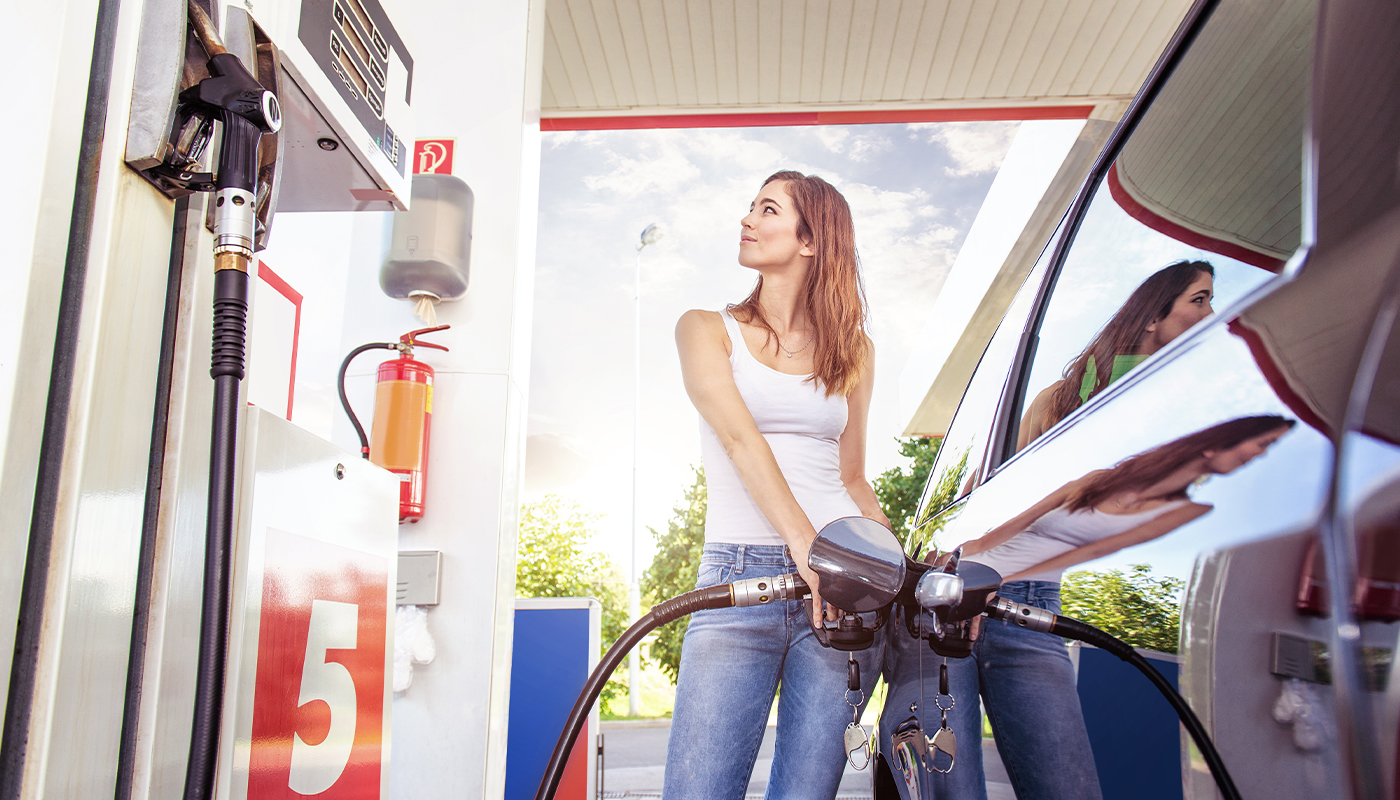 iStock
iStock
Fuel-efficient driving habits
The fuel consumption of your vehicle depends heavily on your driving style. Review the following eco-driving tips and see which ones are already a part of your driving routine. Give the others a try, and before long they’ll become second nature when you travel.
1. Use smooth acceleration and deceleration.
In addition to causing your vehicle to burn more fuel, a quick acceleration puts stress on your engine, your tires and your suspension system, causing those parts to wear out prematurely. And because speeding and rapid acceleration and braking are considered forms of aggressive driving, they also negatively impact your safety on the road.
If your vehicle tracks the fuel economy of your driving (such as in a dashboard display), use the feedback to modify your driving: A study by the National Center for Sustainable Transportation found that in-vehicle feedback helps drivers improve their fuel economy by an average of 6.6%.
Cruise control is another common type of vehicle technology that can help you improve your driving efficiency. When you’re driving on a dry highway, using cruise control can help with your fuel-saving driving by maintaining a constant speed.
2. Keep your vehicle properly maintained.
Most cars require routine maintenance every 5,000 miles or every six months, but some let you go longer between services. Even if you keep your driving to a minimum, you should have your car inspected by a qualified mechanic at least once every 12 months to look for problems.
When it’s time to change your car’s oil (check your owners manual to see how frequently this should be done), your AAA Car Care or AAA Approved Auto Repair facility specialist will also perform a multipoint inspection—checking brake pads, tires, windshield wipers and other items that have significant safety impact—to ensure that the vehicle is running properly and that no worn items need to be replaced.
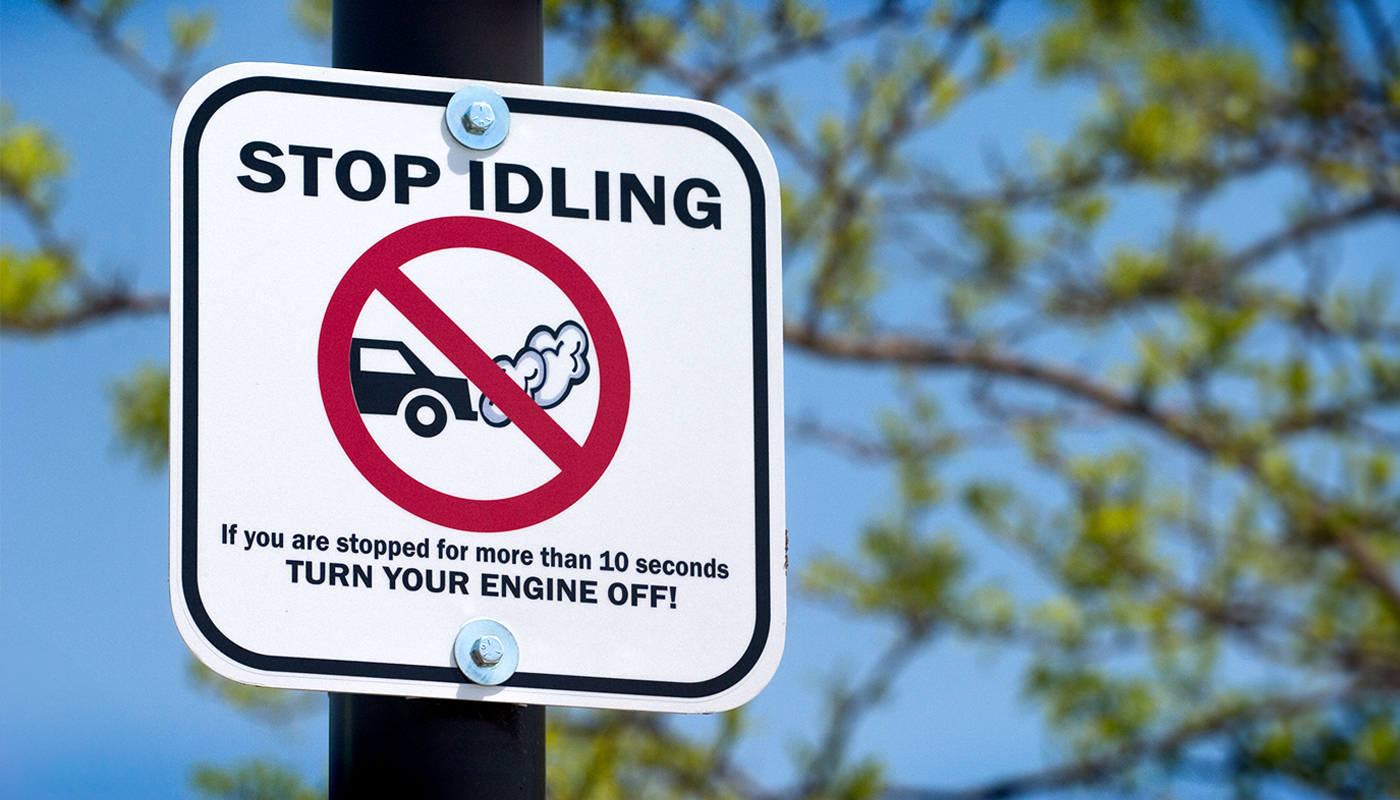 iStock
iStock
3. Reduce idling time.
Because vehicles warm up faster when they’re being driven than they do when they’re idling, leaving your car running in the driveway until it warms up wastes fuel. The U.S. Department of Energy’s Argonne National Laboratory found that if each car in the United States idled just six minutes per day, about 3 billion gallons of fuel would be wasted annually, to say nothing of the environmental impact from the running engines of vehicles going nowhere at all.
So when it’s cold outside, turn on your heated seats (if you have them) and let your engine warm up on the way to your destination rather than while the car is sitting in the driveway.
There are also opportunities to reduce idling when you’re away from home. According to the Argonne National Laboratory, idling for more than 10 seconds uses more fuel and emits more carbon dioxide than the engine restarting. Some idling (such as at traffic lights or in slow-moving traffic) is unavoidable, but vehicles can be turned off while you’re waiting for passengers or any other time you’re off the road and idling for more than 10 seconds.
If you have a newer vehicle, it may have an automatic stop-start system, which shuts the engine off when the car is at a complete stop to reduce idle time. Then, the car automatically starts back up when you tap the gas pedal.
4. Combine your errands into one trip.
You can save time and money by combining errands into a single trip. This kind of planning can reduce the miles you drive and prevent the additional starting and stopping of your vehicle that happens when you make multiple trips. According to the U.S. Department of Energy, several short trips taken from a cold start can use twice as much fuel as a longer, multipurpose trip covering the same distance. One way to improve your fuel efficiency is to use the AAA Mobile app to plan your stops, and you can even use it to find the cheapest gas near you.
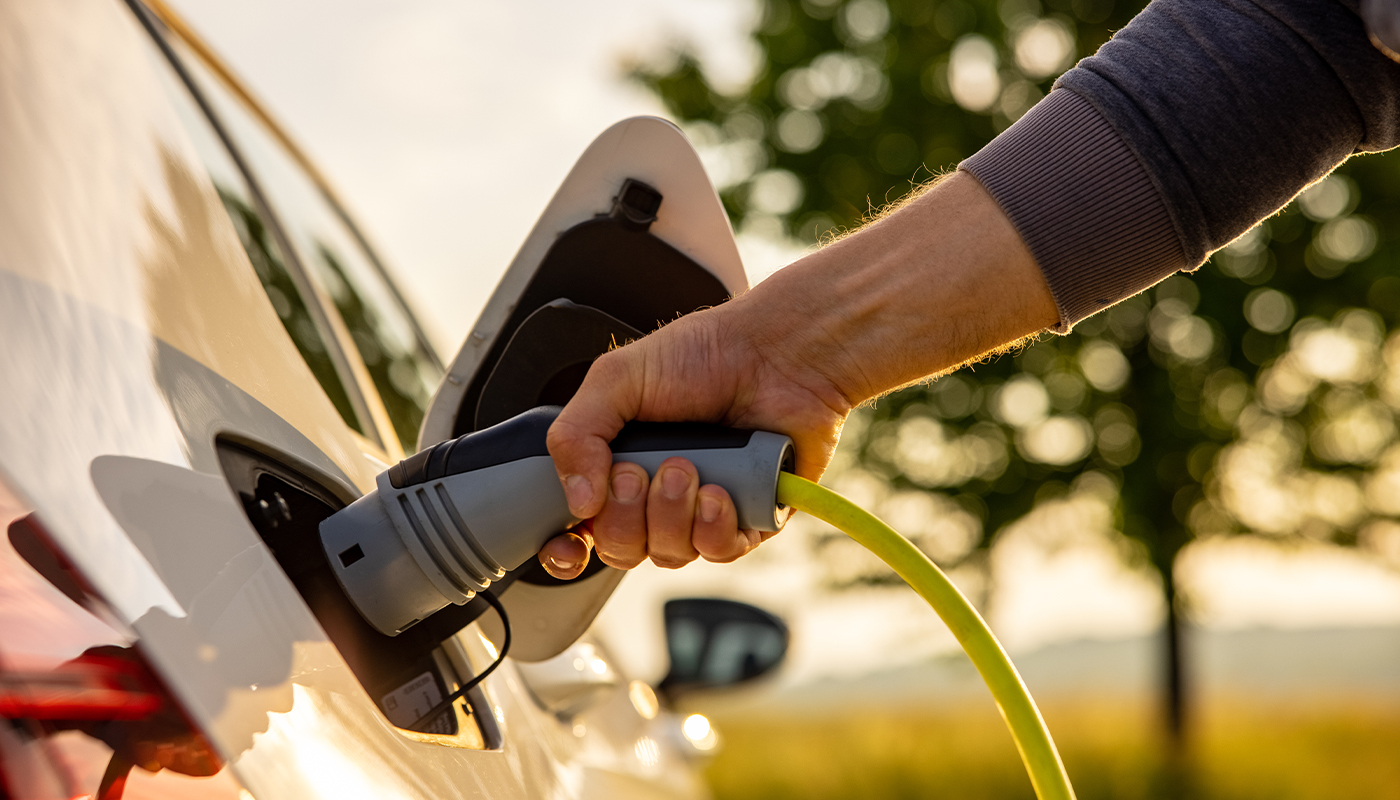 iStock
iStock
Hybrid and electric vehicle advances
Choosing to drive an energy-efficient hybrid or a zero-emission electric vehicle (EV) can help reduce your environmental impact. An EV is powered exclusively by an electric motor, while a hybrid vehicle is powered by an internal combustion engine and one or more electric motors that draw energy from batteries. Instead of plugging a hybrid vehicle into an external power source to charge the batteries, it’s charged through regenerative braking and the internal combustion engine.
Hybrid and electric cars grew in popularity in the late 2000s as a reaction to worldwide increases in the price of petroleum, and they’re now perceived as a core segment of the automotive market of the future. Recent advances in the technology of EVs, such as increased battery range and faster charging options, combined with falling prices for the vehicles, have helped widen their appeal to the general public. And because EVs have fewer parts subject to wear compared to combustion gas vehicles, owners are likely to see reduced operating and maintenance costs.
One feature to consider using when driving an EV or hybrid vehicle is called eco mode. Drivers can enable eco mode to reduce the consumption of electricity and achieve a more energy-efficient operation. Eco mode works by doing things like limiting the torque of the motors and automatically adjusting climate control and lighting systems.
We’ve compiled a Top 10 list of all-wheel drive electric cars of 2024.
Check the List >>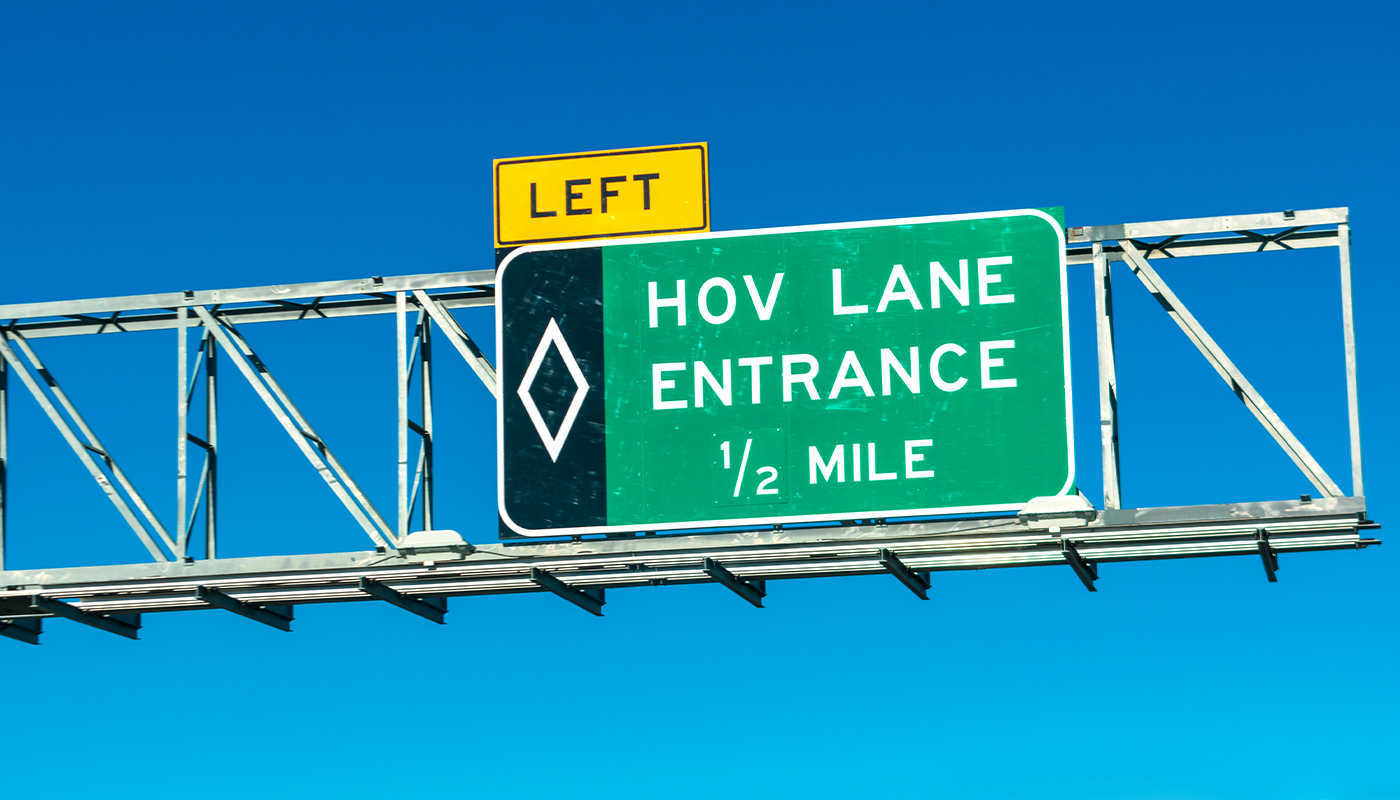 iStock
iStock
Other ways to reduce your vehicle’s environmental impact
Here are more ways you can save money, drive safer, minimize vehicle wear and tear, and reduce your environmental impact.
- Avoid driving during peak rush hours. You’ll save time and gas and avoid the frustration that comes from being stuck in traffic.
- When possible, drive your most fuel-efficient vehicle. An economy car is a better choice than an SUV for a quick trip to the store.
- Stay within the speed limit: Gas mileage usually decreases rapidly at high speed (speeds above 50 mph).
- Telecommute (work from home) if your employer allows it.
- Cut your fuel costs by carpooling, and you may even be able to use high-occupancy vehicle (HOV) lanes.
- Consider using public transportation.The American Public Transportation Association has links to information about public transportation in your state.
- Make your car as aerodynamic as possible. A bulky roof-top cargo box, for example, can reduce fuel economy by as much as 8% during city driving and by up to 25% at interstate speeds.
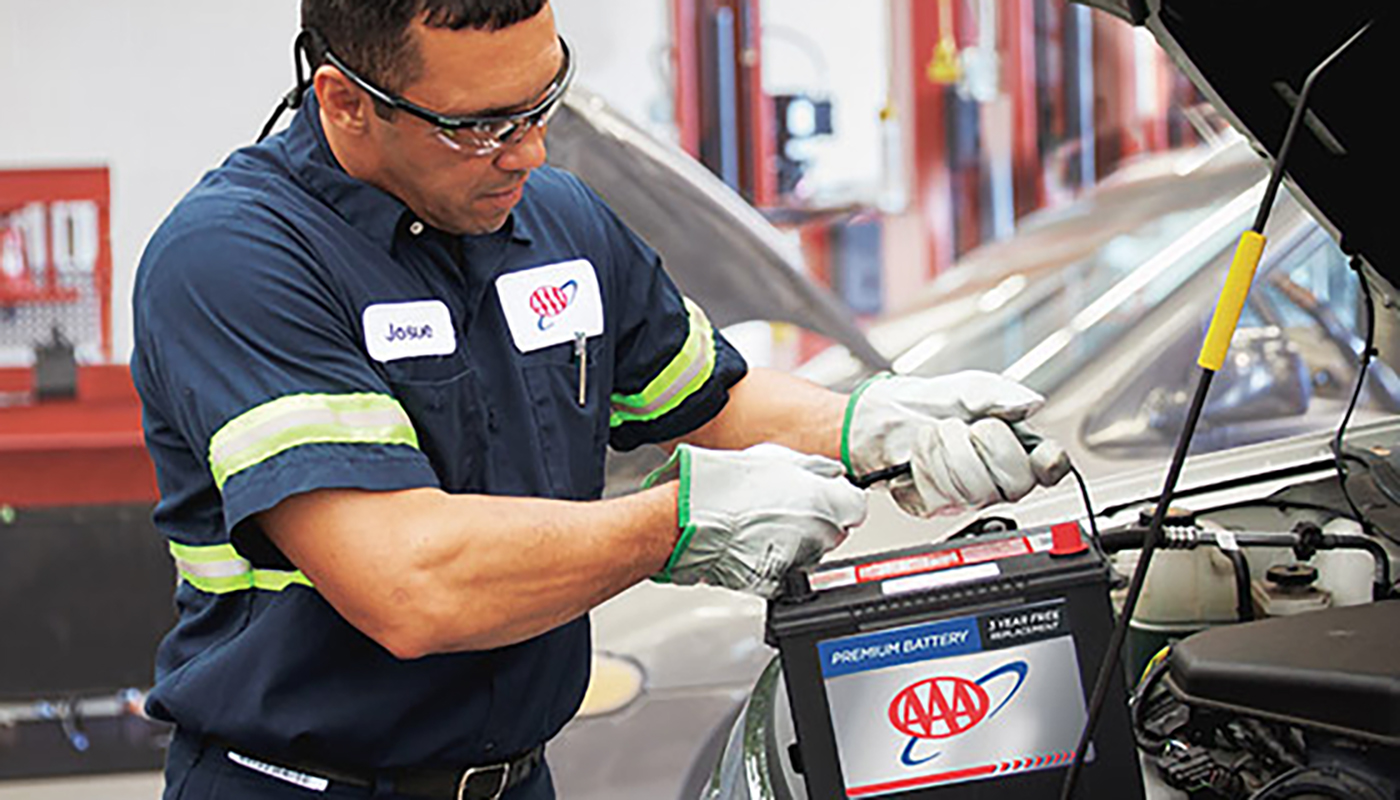
No matter your vehicle, AAA can serve you!
Make sure your vehicle is performing its best to improve safety, save money and help reduce its carbon footprint. AAA Car Care Centers and AAA Approved Auto Repair facilities are the places to go for dealership-quality auto repairs and more. Whether your vehicle requires preventive maintenance or repair, these facilities have the technicians and expertise to deliver the level of services you've come to expect from AAA.
Need to have your car battery checked or replaced? Don’t wait until your car won’t start; schedule a battery replacement appointment at a AAA Car Care location or AAA Approved Auto Repair facility and get your battery tested. Also, with AAA’s on-the-spot AAA Mobile Battery Service, we’ll inspect your current battery at your home, your workplace or on the road. If your battery needs replacing, we can install a new one and recycle the old one. If DIY is more your thing, AAA Premium Batteries are now available at participating NAPA Auto Parts stores and have a nationwide three-year free replacement warranty.